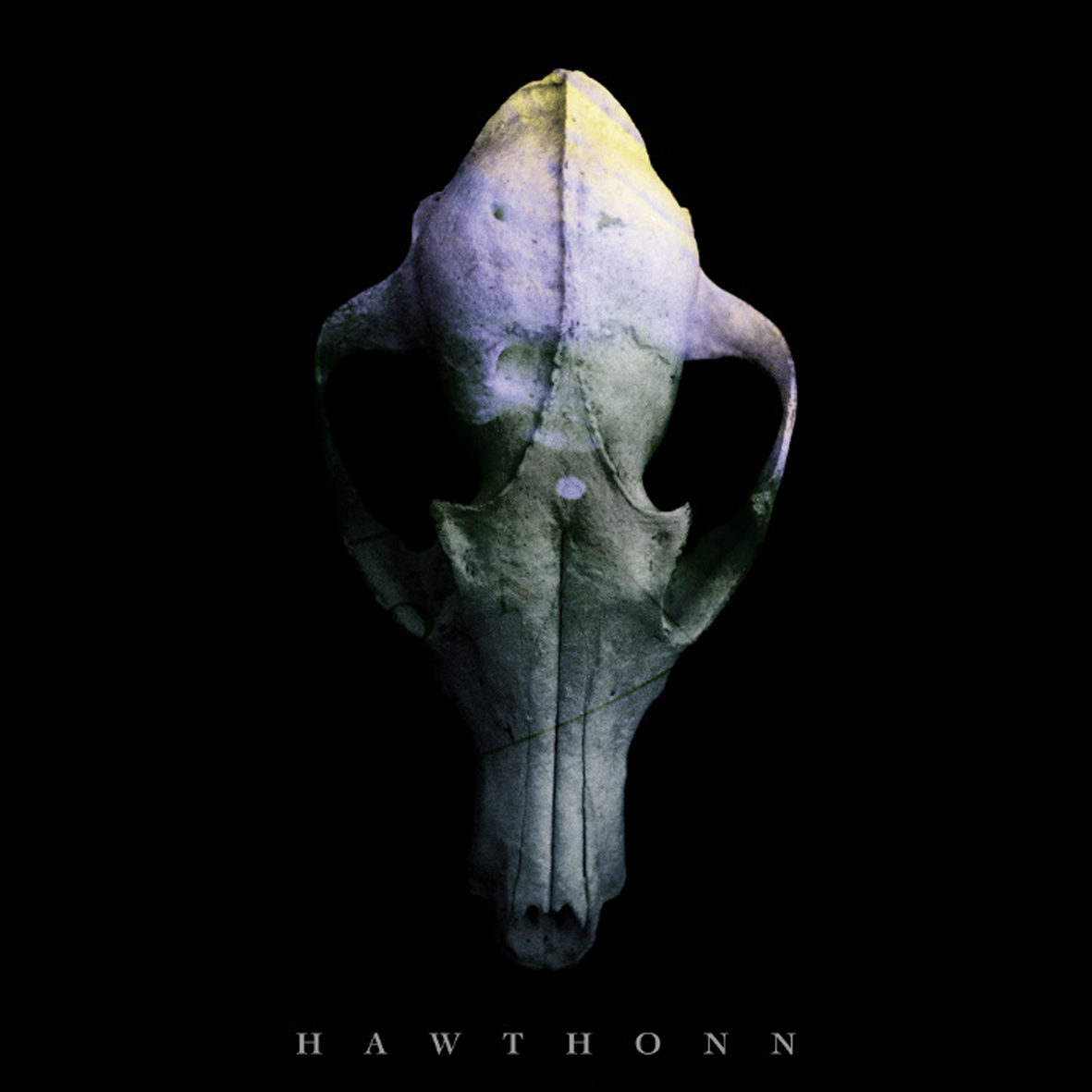 One of downsides to living in the United States is that it is hard to keep up with all of the great limited-release or self-released albums that are continually emerging from the fringes of the UK’s experimental music underground.  While it is not terribly difficult to keep tabs on more established artists like Cyclobe, Nurse With Wound, Richard Skelton, or Current 93, it is very easy for an artist like, say, Áine O'Dwyer to remain under my radar for far longer than I would have liked.  Yet another fine example is this deeply inspired and beautiful homage to Jhonn Balance from early last year recorded by Phil Legard (Ashtray Navigations, Xenis Emputae Travelling Band) and his wife Layla.  While it predictably has some Coil-esque attributes (subtly hallucinatory electronics, a healthy interest in paganism), the Legards admirably transcend those nods by mingling them with their own passions for traditional/early music, yielding a unique strain of ritualistic-sounding rural psychedelia (and one of 2015's most slept-on great albums).
One of downsides to living in the United States is that it is hard to keep up with all of the great limited-release or self-released albums that are continually emerging from the fringes of the UK’s experimental music underground.  While it is not terribly difficult to keep tabs on more established artists like Cyclobe, Nurse With Wound, Richard Skelton, or Current 93, it is very easy for an artist like, say, Áine O'Dwyer to remain under my radar for far longer than I would have liked.  Yet another fine example is this deeply inspired and beautiful homage to Jhonn Balance from early last year recorded by Phil Legard (Ashtray Navigations, Xenis Emputae Travelling Band) and his wife Layla.  While it predictably has some Coil-esque attributes (subtly hallucinatory electronics, a healthy interest in paganism), the Legards admirably transcend those nods by mingling them with their own passions for traditional/early music, yielding a unique strain of ritualistic-sounding rural psychedelia (and one of 2015's most slept-on great albums).
The initial idea (and namesake) for this apparent one-off project originates in Ian Johnstone’s Jhonn Balance memorial, located near a hawthorn tree by Bassenthwaite Lake in Cumbria (the place where Jhonn’s ashes were spread).  Appropriately, work on the album began during the Summer Solstice back in 2014, a decision that Coil certainly would have approved of.  Balance and Peter Christopherson probably would have also appreciated the Legards' penchant for twilit ambiance and eerie, hallucinatory electronic textures, as well as the Legard's use of some deeply unconventional instrumentation (like a fox skull and a spiricom).  In nearly all other respects, however, Hawthonn diverge quite dramatically from Coil’s influence, which is (of course) what makes this album so compelling.  For the most part, these six pieces are built from little more than simple accordion or harmonium chords and Layla's beautifully somnambulant-sounding "ancient Druid priestess" vocals.  The overall feeling is a uniquely languorous, sensual, timeless, and ceremonial one that seems like half-dream, half-distant field recording of a pre-Christian ritual in some Stonehenge-like clearing on a hillside.
While pieces such as "Aura" unquestionably boast lovely half-ghostly/half-angelic melodies, Hawthonn's primary appeal lies in their ability to cast and maintain such a haunting and otherworldly spell.  They also do an absolutely superb job of blurring the lines between structure and abstraction, real versus unreal, and natural versus unnatural.  The opening "Foxglove," for example, opens with untreated field recordings of bird songs before transforming into a simple, lovely vocal melody…that floats above a bed of loud insectoid clacking and chittering.  Also, while Layla's melody remains relatively constant, the surrounding music restlessly shifts between being virtually absent altogether and cohering into ominous swells of dark chords.  Additionally, the vocals themselves eventually dissolve into distant soft-focus dreaminess before ultimately resurfacing in their natural state. There is no real terra firma that can be reliably expected to stick around.  Later on the album, "Ghost" seems to revisit a similar  vocal melody, but it is initially only heard in vaporous fragments amidst a bleary haze of rippling accordion chords, electronic hums, and deep exhalations, though it eventually coheres into something resembling an actual song (albeit one buffeted by spacey electronics).  Throughout the album, Layla acts as kind of a benevolent Siren, guiding me through a fog of buzzing drones, sputtering electronics, and an endlessly shifting landscape of collapsing, dissolving, stretching, and coalescing structures.
As far as faults are concerned, I am hard-pressed to think of anywhere where Phil and Layla made anything resembling a misstep, though there are plenty of unusual sequencing and structural choices that could be viewed that way by listeners with different perspectives than my own.  For example, Hawthonn have a definite tendency towards burying their strongest material in extremely lengthy songs, as both "Foxglove" and "Thanatopsis" clock in at over 16 minutes.  I tend to view that as a wise tendency to ensure that the longer, more ambitious pieces have enough of a melodic hook to keep them compelling for their entire duration though.  It is great that the Legards have such a knack for writing timeless neo-folk melodies, but they are definitely not the endgame or Hawthonn’s real raison d’être.  Rather, they are merely the most immediately graspable facet of a much larger, stranger, and more iconoclastic vision.  Another possible critique is that the album is somewhat amorphous and that all the songs sort of blur together without any real stand-out or real culmination.  Again, however, that is completely by design.  In fact, the album is intended to he heard as one constantly shifting, ebbing, and flowing whole rather than a series of discrete works.  In order to work as well as it does, this album absolutely required a light touch and an unwavering willingness to eschew the sharp edges of reality in favor of a beautifully drifting and flickering reverie.  Layla and Phil succeeded admirably in those regards.  As a result, Hawthonn have achieved the rarest of rarities: a homage that reaches heights similar to its inspiration.
 
 
Read More

